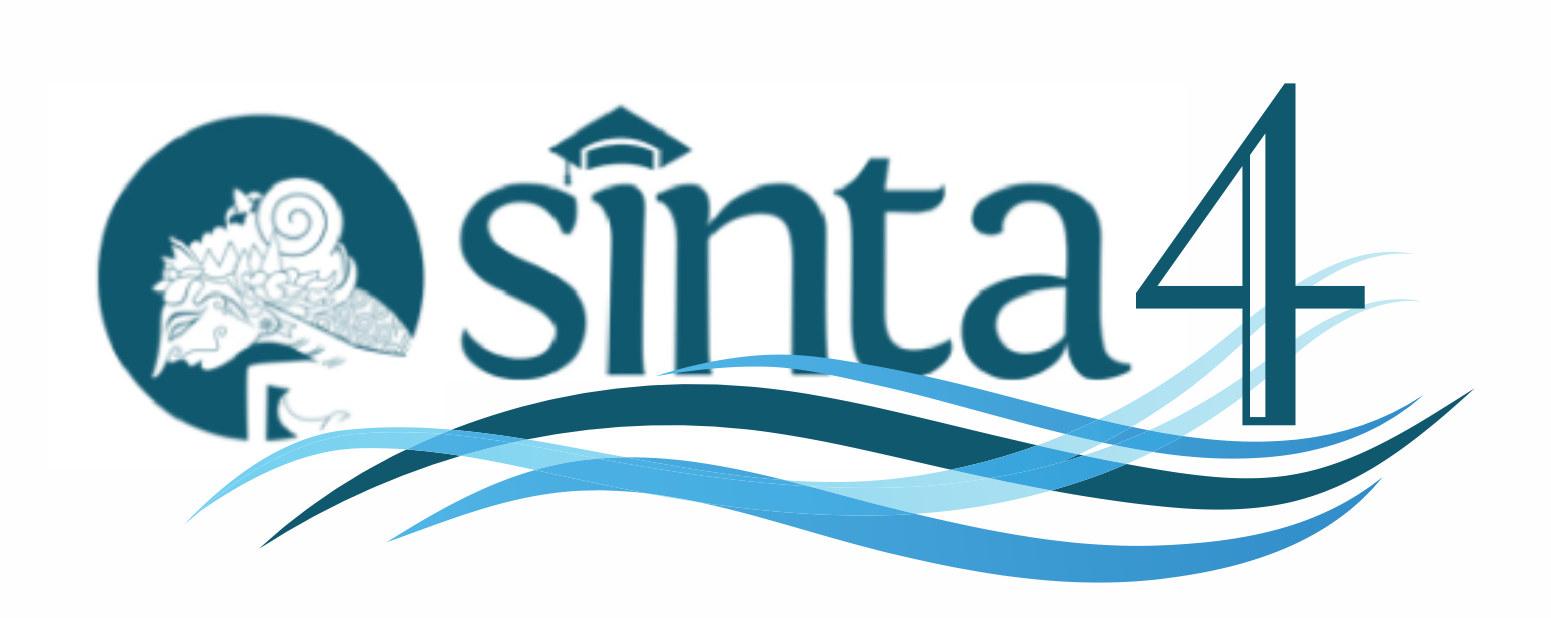IMPROVING STUDENTS’ COMPREHENSION OF POEMS USING TWO STAY-TWO STRAY STRATEGY
Abstract
Stray strategy. The subject of this study is 23 students of the sixth semester of English department of
FKIP at Islamic University of Malang. This study uses collaborative action research design which consists
of four main steps: planning, implementing, observing, and reflecting. The data is taken from quiz,
observation checklist and field notes. The findings indicate that using TS-TS strategy can improve the
students’ comprehension of poems. The average score of students’ test in Cycle 2 is 80 and the students’
active involvement in Cycle 2 is 86%. The data are obtained from the implementation of TS-TS strategy
in improving students’ comprehension of poems.
Abstrak: Penelitian ini bertujuan untuk meningkatkan penguasaan siswa terhadap puisi dengan
menggunakan strategi Two stay-Two Stray. Subjek penelitian adalah 23 orang mahasiswa semester 6
Jurusan Pendidikan Bahasa Inggris FKIP Universitas Islam Malang. Penelitian ini menggunakan desain
penelitian tindakan kelas yang terdiri atas empat langkah utama, prencanaan, pelaksanaan, observasi
dan refleksi. Data diperoleh dengan menggunakan kuis, observasi dan catatan lapangan. Temuan
penelitian menunjukkan bahwa strategi TS-TS dapat menigkatkan penguasaan siswa terhadap puisi.
Rata-rata skor siswa paa siklus 2 adalah 80 dan keterlibatan aktivitas siswa di siklus 2 adlah 86% .
Data ini diperoleh dri implementasi strategi TS-TS dalam meningkatkan penguasaan siswa terhadap
puisi.
Key Words: comprehension of poems, Two Stay-Two Stray Strategy
Full Text:
PDFReferences
Abrami, P.C., Chamber, B., Poulsen, C., Simone, C.D., D’Apollona, S., & Howden, J. 1995. Classroom Connections: Understanding and Using Cooperative Learning. Canada: Harcourt Brace.
Cafferty, S.G.M., Jacobs, G.M., & Inddings, C.D. 2006. Cooperative Learning and Second Language Teaching. Cambridge: Cambridge University Press.
Cahyono, B.Y & Widiati, U. (Eds.). 2004. The Tapestry of English Language Teaching and Learning Indonesia (pp. 327 – 335). Malang: State University of Malang Press.
Crawford, A., Saul E. W., Mathews, S., & Makinster, J. 2005. Teaching and Learning Strategies for the Thi nki ng Cl assroom. New York: The International Debate Education Association.
Djiwandono, M. Soenardi. 2008. Tes Bahasa: Pegangan Bagi Pengajar Bahasa. Jakarta: Indeks.
Ellis, A., Pennau, J., Standal, T., & Rummel, M.K. 1989. Elementary Language Arts Instruction. Englewood Cliffs: Prentice Hall.
Hay, S.A. 2004. Teaching English Poetry to Turkish Undergraduates: Comprehension Techniques Matter. Paper presented at Bilkent University 9th International English Language Teaching Conference, “Challenge in Learning: Helping Learners Realise Their Full Potential”. March 4-6, 2004, Ankara, Turkey, (Online), (http://eprints.qut.edu.au, accessed on September 1st, 2009).
Hermawan, S. 2006. Teori Sastra dari Marxis Sampai Rasis: Sebuah Buku Ajar (Literary Study from Marxi st to Raci st: an Instructional Book). Banjarmasin: PBS FKIP Universitas Lambung Mangkurat.
Hismanoglu, M. 2005. Teaching English through Literature. Journal of Language and Linguistic Studies, (Online), Vol.1 No. 1, April 2005. ( www. j l l s . or g/ i s s ue s / vol ume 1 / n o. 1 / murathismanoglu.pdf., accessed on 15 May 2009).
Kemmis, S., & Taggart, R.M. 1988. The Action Research Planner. Geelong: Deakin University Press.
Kleden, I. 2004. Sastra Indonesia dalam Enam Pertanyaan: Esai-Esai Sastra dan Budaya (Indonesian Literature in Six Questions: Literature and Cultural Essays). Jakarta: Grafiti.
Koshy, V. 2005. Action Research for Improving Practice: A Practical Guide. London: Paul Chapman Publishing.
Lawal, A. 2009. Values and Limitations of Using Literary Texts for Teachi ng ESL. (Online) (http: // www.unilorin.edu. ng/unilorin/journals/education/ accessed on February 15, 2009).
Maley, A. & Duff, A. 2007. Literature. 2nd edition. Oxford: Oxford University Press.
Matthew, S. 2003. Teaching People to Hate Literature. In Fielding, A and Schoenbach, R. (Eds.). Building Academic Literacy: An Anthology for Reading Apprenticeship (pp. 201-202). San Francisco: Jossey Bass.
Premawardhena, N.C. 2008. Integrating Literature into Foreign Language Teaching: A Sri Lanka Perspective. Journal Novitas-ROYAL, (Online), Vol.: 1(2), pp.92-97. ISSN: 13074733. (http://www.Journalnovitas_royal.pdf, accessed on January 12, 2008.).
Raymond, N. 2009. Literature in Language Teaching for Translation Students. A paper of the 5 International Conference, I.L.E., Hong Kong. (Online). http://sunzi1.lib.hku.hk/hkjo/view/ 10/1000007.pdf, accessed on September 24, 2009).
Richards, J.C & Renandya, W.A. 2002. Methodology in Language Teaching: An Anthology of Current Practice. Cambridge: Cambridge University Press.
Roe, B.D., Stoodt, B.D., & Burns, P.C. 1995. The Content Areas. 5th Edition. Boston: Houghton Mifflin Company.
Saryono, D. 2009. Dasar Appresiasi Sastra. Yogyakarta: Elmatera Publishing. Slavin, R.A. 1995. Cooperative Learning: Theory, Research and Practice. 2nd Edition. Needham Heights: Allyn and Bacon.
Tiwari, S.R. 2008. Teaching of English. Darya Ganj: APH.
Tomlinson, C.M. & Brown, C.L. 2002. Essential of Children’s Literature. 4th edition. Boston: Allyn and Bacon.
Ulmer, J.D. & Cramer, M.M. Why are Those Kids in Groups? 2005. The Agricultural Education Magazine. May-June 2005, Volume 77, Issue 6.
Wu, P.N & Wu, W. 2008. One Page Plus, One More Character. Asian EFL Journal, (Online), Volume 10. Issue 4, ISSN: 1738-1460. (www.asian-efl-journal.com/December_2008_EBooks.pdf, accessed onFebruary 15, 2009)
DOI: http://dx.doi.org/10.20527/jvk.v27i1.939
Article Metrics
Abstract view : 373 timesPDF - 2066 times
Refbacks
- There are currently no refbacks.
Copyright (c) 2016 Jurnal Vidya Karya
Indexed By

Vidya Karya is licensed under a Creative Commons Attribution-ShareAlike 4.0 International License.







.png)
.jpg)

